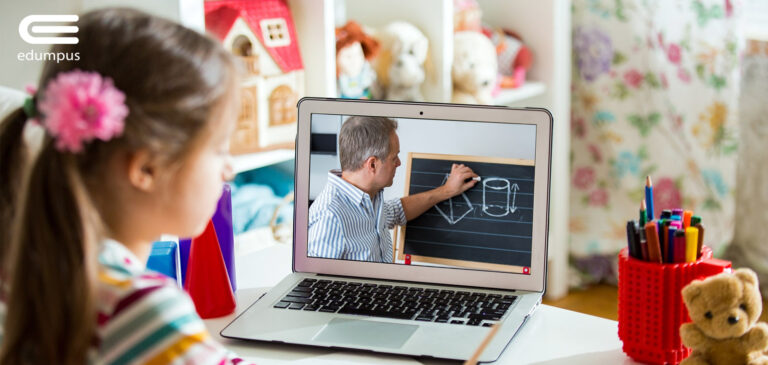Need expert advice?
Feel like you need detailed guidance for further study options?
Digital Education proved to be a blessing in this pandemic. Before 2020, traditional ways of teaching and classroom learning were followed. Pandemic alarmed us to bring modifications in the existing conventional methodologies and become more inclined towards technology. Different states and Union territories came up with new policies and programs to adjust the learning practices in such drastic circumstances.
Ministry of Human Resource Development (HRD) launched a report on Digital Education for the year 2020, explicating the innovations and new practices adopted by different states and Union Territories in India. The reforms were made to ensure the accessibility of education to maximum students which will overcome the learning notches. The report is prepared by the higher associates of the education quarter of the Ministry of HRD in association with the Education Departments of States and Union Territories. Here are some highlights of the report and key findings of the new programs launched.
-
The report has been prepared by the digital education division of the Ministry of Human Resource Development with the help of education departments of all the states and union territories.
-
It explains the innovative methods MHRD adopted to ensure accessible and inclusive education to children digitally and reduce learning gaps during the Coronavirus pandemic.
-
MHRD started a lot of projects to assist the students, scholars, and teachers learn. These projects include the DIKSHA platform, On-Air Shiksha Vani, e-pathshala, Swayam Prabha TV channel, and telecast through TV channels.
-
MHRD also released guidelines on digital education titled PRAGYATA
-
Union territories and States provided digital education to students at their doorsteps. Here are some of their initiatives:
-
Social Media Interface for Learning Engagement (SMILE) in Rajasthan.
-
Mission Buniyaad in NCT of Delhi.
-
Padhai Tunhar Duvaar, which translates to Education at your doorstep, in Chhattisgarh.
-
Kerala’s own educational TV channel (KITE VICTERS).
-
Unnayan Initiatives in Bihar.
-
Project Home Classes in Jammu.
-
E-scholar portal and free online courses for teachers in Meghalaya.
-
States and Union territories used Social media platforms such as Whatsapp groups, online classes on Youtube and Google meet to connect with the students.
-
Some States and UTs even distributed tablets, pen drives, and DVDs that contained e-content for the students.
-
In remote areas, States and UTs distributed textbooks at student’s doorsteps to ensure inclusive learning to those who have poor internet connectivity and electricity.
-
Several states focused on the mental health of the students. For example, Delhi conducted happiness classes for all the students.
-
‘Manodarpan’ initiative, launched by MHRD, aims to provide psychosocial support to family members, students, teachers for their mental health and well-being during the Covid-19 pandemic.
This report will help India adopt the best cross-learning methods for the students. Stakeholders in the educational sector have to make sure that no student is left behind to afford and access quality education in the country. The report also aims to provide a mix of Online-Offline initiatives to help children fulfill their educational needs in this crisis of a pandemic. These initiatives not only cover educational requirements for children but also for learners in postgraduate programs.




